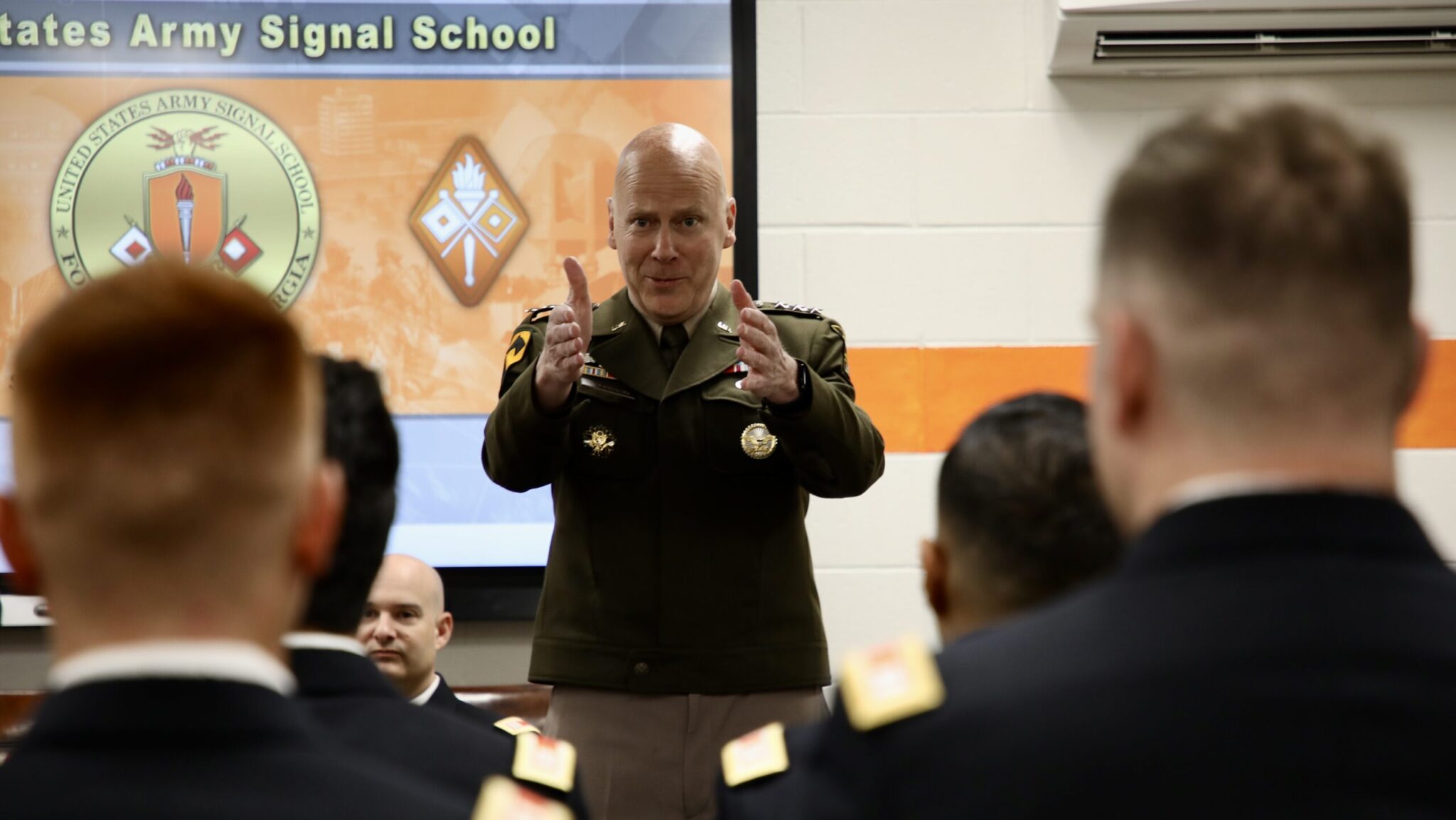La oficina G-6 del Ejército pasará por una reestructuración en línea con el esfuerzo de larga data del servicio de crear una red unificada ,y propone que el Ejército reforme de manera más agresiva sus batallones de señales para una nueva era de guerra. El General Morrison se refería a lo que él veía como un problema en el que las redes “tácticas” externas estaban separadas de las redes “empresariales” más centrales, lo que creaba una duplicación innecesaria cuando era necesario realizar cambios en ambas.
TECHNET AUGUSTA 2024 — The Army’s G-6 office will go through some restructuring in line with the service’s long-standing effort of creating a unified network, and is proposing that the Army more aggressively reform its signals battallions for a new era of warfare, a senior official said today.
“If we can do 90 percent of our patching from a single location across the broader Army enterprise, why do we need a ton of cyber defenders at the local level?” asked G-6 Deputy Chief of Staff Gen. John Morrison. “Repurpose them. Have them do something crazy like focus on units and improve the quality of support that we we need and owe to our Army and owe at the division level.”
Morrison was referring to what he saw as a problem in which outer “tactical” networks were separate from more central “enterprise” networks, creating needless duplication when changes were needed to both.
To solve that problem and others, along with moving quickly to the new Army Unified Network, Morrison proposed that the Army reestablish division-level signals battalions rather than operating like a “bunch of brigade combat team architectures that we kludge together.”
Morrison didn’t detail exactly how he envisioned the service’s signals organization evolving — and said changes will be subject to approval by senior leadership — but he did say that some would come with the broader Army’s force design update, an initiative that’s meant to modernize and transform the service to “better face future threats.” Morrison said he’s working with the Cyber Center of Excellence and the “broader Army” to implement his part of the force design update. His office will be working through standing up the redesign by the end of the year, if not in the next 60 to 90 days.
The Global Cyber Center will ensure that the unified network project, otherwise known as the Unified Network Operations strategy, is operational in all theaters, Morrison said. He said as the unified network strategy plays out, this will help the G-6 and signals offices reorganize “over the course of time.”
As for reorganizations within the G-6, Morrison said that the cybersecurity division will likely be first.
“I think that is a near term target that if we really maximize the capabilities that we have inside the Army tenet, we’re going to be able to accelerate that at speed,” he said of the cybersecurity division within G-6. “Others may take a little bit longer inside the tactical space.“
Fuente: https://breakingdefense.com


